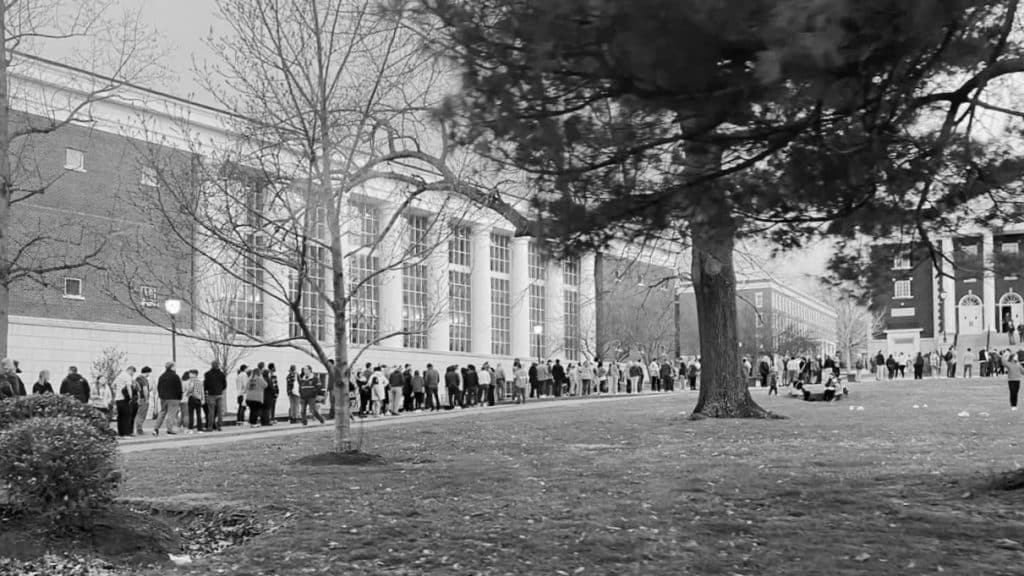Based on projections, the week of April 5 was supposed to be the “peak” week for the coronavirus here in the United States, according to the Centers for Disease Control and Prevention (CDC).
With the U.S. having the third-largest population worldwide, it has recorded more than 22,000 deaths as of Monday, April 13, according to Johns Hopkins University. Numbers from New York, the state that has accounted for a little less than half of these 22,000 deaths, have indicated a plateau in confirmed cases as of April 6. This information was thought to be the leading indicator that the peak was in sight, according to the CDC.
Although this information sounds promising, there is still no telling when the end may be. Many people anticipated the peak week to be some sort of significant shift in the state of the pandemic when in reality it is only a statistic that shows the number of reported cases may now begin to decrease.
While the claimed peak week has now passed, it has raised the question of when the stay-at-home restrictions will end and how much more the economy can handle the shutdowns and travel bans.
According to The Hill, CDC Director Robert Redfield said, “There is no doubt that we have to reopen correctly. It’s going to be a step-by-step gradual process. It has got to be data-driven.”
The CDC is still encouraging all to maintain the practice of social distancing and minimizing trips out of the house. Peak week does not indicate an end to the virus. All it signifies is hope that an end could be in sight.









